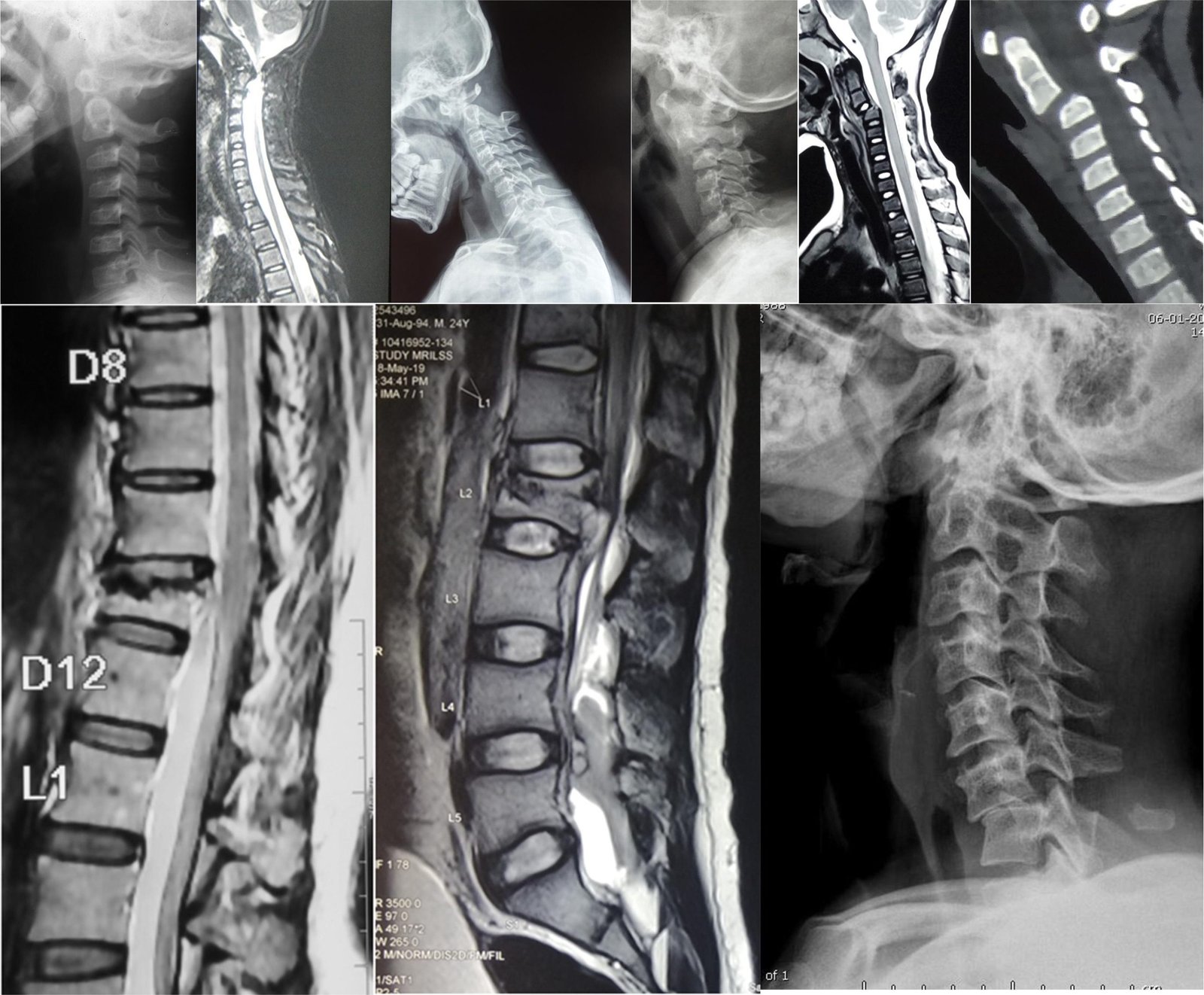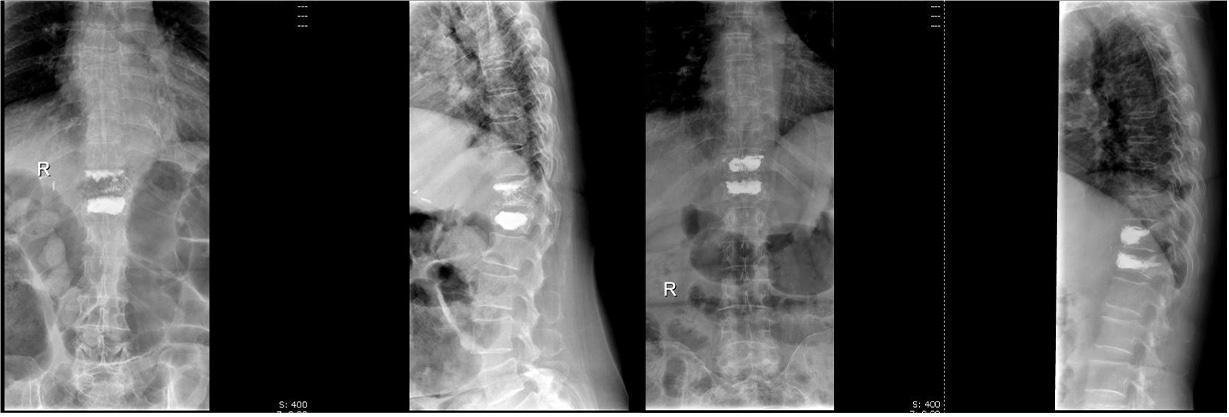

Whiplash Spinal Fractures: Impact of Neck Injuries
Whiplash spinal fractures refer to injuries that occur in the neck area of the spine, typically caused by sudden, forceful movements like those in car accidents. This type of injury involves damage to the vertebrae, ligaments, and muscles in the neck. It can lead to severe pain, stiffness, and discomfort. Early treatment is important to prevent long-term complications and improve recovery. Whiplash spinal fractures are most commonly caused by a sudden and forceful impact, such as in:
-
Car Accidents: A rear-end collision can cause the head and neck to snap forward and backward rapidly, resulting in injury.
-
Falls: A fall onto the back or neck may also cause the vertebrae to fracture.
-
Sports Injuries: High-impact sports like football, rugby, or cycling accidents can lead to whiplash injuries.


Symptoms of Whiplash Spinal Fractures
Symptoms can vary depending on the severity of the fracture, but common signs include:
-
Neck pain: Often severe and made worse by movement.
-
Stiffness: Difficulty turning or moving the neck.
-
Headaches: Usually at the base of the skull.
-
Swelling and bruising: Around the neck area.
-
Tingling or numbness: In the arms or hands if nerves are affected.
2. Bracing
A neck brace may be used to stabilize the neck and support healing.

3. Surgery
For severe fractures, especially if the bone is misaligned or if nerves are compressed, surgery may be necessary. Dr. Shankar Acharya specializes in advanced surgical techniques to restore spinal alignment and function.



3. Flexion-Distraction Fractures (Seat Belt Injuries)
-
What It Is: The vertebra is pulled apart due to a forceful forward motion.
-
Causes: Often seen in car accidents when the upper body is thrust forward while the lower body stays in place.
-
Symptoms: Severe pain and possible nerve issues if the spinal cord is affected

4. Fractures – Dislocations
-
What It Is: A combination of a fracture and the displacement of vertebrae, often causing severe instability.
-
Causes: High-energy trauma, such as falls from height or accidents.
-
Symptoms: Extreme pain, nerve damage, and loss of spinal alignment.

5. Pathological Fractures
-
What It Is: A fracture caused by weakened bones due to diseases like cancer, osteoporosis, or infections.
-
Causes: Minimal trauma or everyday activities can lead to these fractures in fragile bones.
-
Symptoms: Pain that worsens with activity, swelling, and difficulty moving.

6. Stress Fractures
-
What It Is: Small cracks in the vertebrae caused by repetitive stress or overuse.
-
Causes: Common in athletes or people with repetitive movements putting strain on the spine.
-
Symptoms: Localized pain that improves with rest.
SYMPTOMS OF A SPINAL FRACTURE
Signs of a spinal fracture depend on the severity but may include:
-
Sudden, severe back pain
-
Limited mobility or difficulty bending
-
Pain that worsens with movement or standing
-
In severe cases, loss of bladder or bowel control
-
Numbness, tingling, or weakness (if nerves are affected)
HOW IS A SPINAL FRACTURE DIAGNOSED?
Dr. Shankar Acharya, a senior spine surgeon with over 30 years of experience, uses a comprehensive approach for diagnosis:
Understanding! how the injury occurred and assessing symptoms ?
-
X-rays: To identify fractures.
-
CT Scans: For detailed images of the bones.
-
MRI: To check for nerve or spinal cord involvement.

2. Minimally Invasive Procedures
Kyphoplasty/Vertebroplasty: These procedures stabilize compression fractures using special bone cement.

3. Surgery
For severe fractures causing instability or nerve damage, surgery may be needed. Dr. Shankar Acharya specializes in advanced surgical techniques to stabilize and repair the spine.



